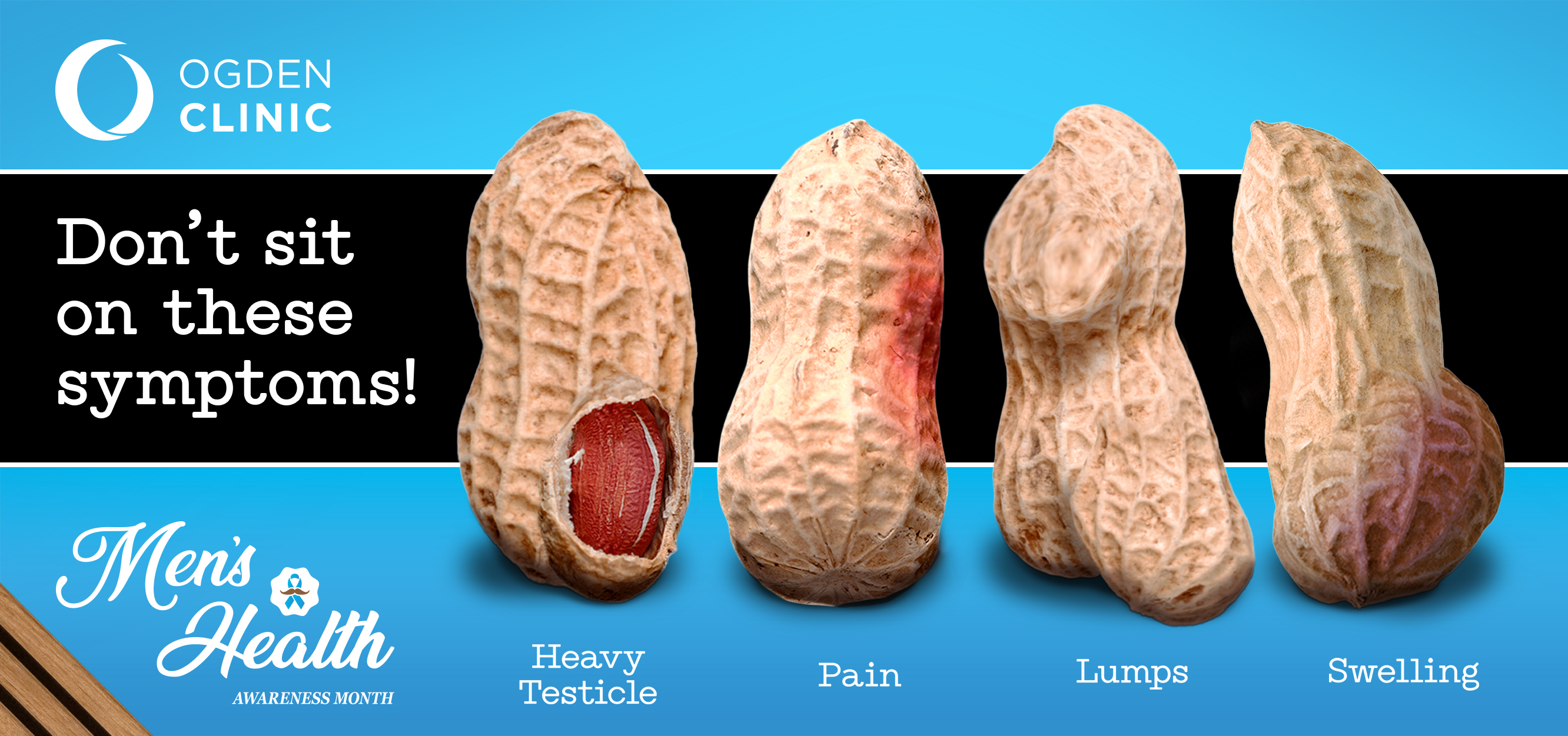Don’t Panic: Here’s What a Scrotal Lump Could Be
- Category: Illness & Injuries
- Posted On:

Noticing a lump under the skin is concerning. Some of us sink into anxiety, others rush to Google to investigate. This new series will delves into common lumps that develop in females, males, and children. This November, we’re focusing on scrotal and testicular lumps.
The Chance of Getting Testicular Cancer is About 1 out of 270.
Men everywhere can relax their shoulders a little. Testicular cancer is not incredibly common and outcomes are good when it’s caught early. Lumps on the testicles, the other hand, are quite common, and they should still be taken seriously.
What Could a Non-Cancerous Scrotal Lump Be?
About 10% to 15% of men will experience varicoceles. This is when the veins in the testicles are enlarged; they may feel heavy or like a bag of worms. Varicoceles are not dangerous, but they do impact sperm count and should be evaluated. Another painful condition that happens often is cysts on the epididymis—a tube that connects your testicles to your vas deferens. Here are a few other non-cancerous conditions that cause lumps or swelling of the testicles.

Epididymitis: Common
A swelling in the duct behind the testes that transports sperm that can cause inflammation. Epididymitis is most often caused by a bacterial infection, including sexually transmitted infections (STIs), such as gonorrhea or chlamydia.
Spermatocele: Common
A cyst-like growth in the scrotum that contains fluid and sperm cells. This is commonly called an epididymal mass or cyst. They are typically filled with fluid and are noncancerous and painless.
Hydrocele: Common
A fluid collection in the scrotum. The sacs surrounding each of your testicles have many layers. Sometimes, fluid may fill between these layers and create a lump on the testicle. Additionally, hydrocele can form in infants because of the improper sealing of an opening between the scrotum and the abdomen during fetal development. A hydrocele forms in adults due to infection, injury, or irregular absorption and production of scrotal fluid.
Varicocele: Common
A varicose vein along the spermatic cord. Varicoceles usually form on the left side of the scrotum. The condition happens when the veins carrying blood from the testicles to the scrotum are enlarged. Varicocele can lead to infertility, so they should be evaluated with a Urologist.
What to Know About Preventing Testicular Cancer
Pay attention to any changes in size, shape, or texture of your testicles. You might not be able to feel a mass itself, but if your testicles feel firmer than they once did, it should be evaluated by a Urologist.
When it comes to cancer, the most common sign of testicular cancer is any kind of lump, hardness, mass, or irregularity inside your testicle. You may also notice swelling and tenderness in your breasts, or a discharge from your nipples. If the cancer has spread to other areas like your gut, spine, or lungs, you may experience symptoms like abdominal aching or pain, back pain, or coughing up blood.
All health changes below the belt are cause for concern. Ogden Clinic Urologists have seen tens of thousands of cases, from minor issues to treating six types of urological cancer. You do not need a referral to see a Urologist, so learn more about our Men’s Health team or schedule a Urology visit here.